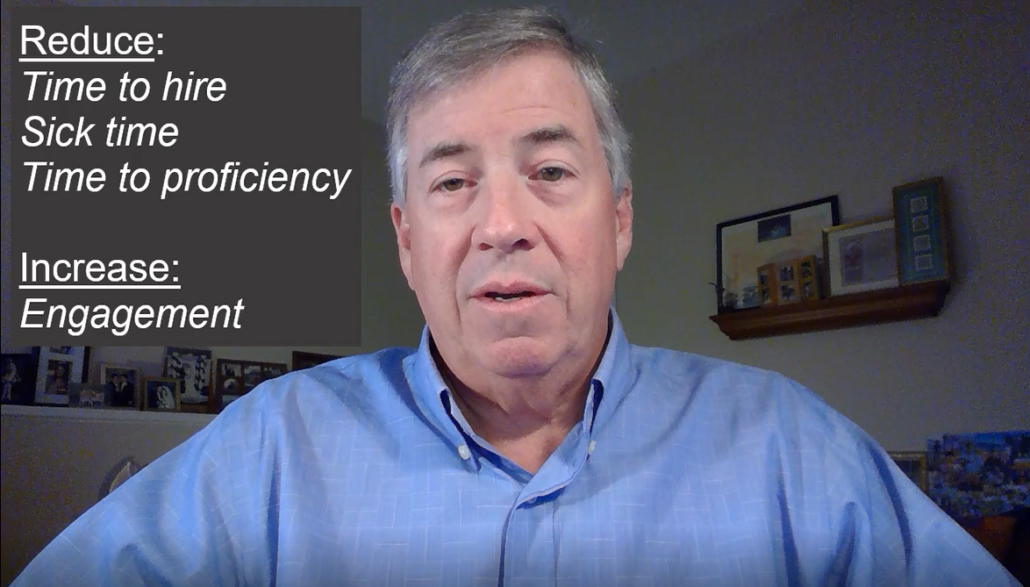Growth is skills based
There’s a new term you may have heard about, it’s the “skills-based organization,” or SBO for short, that centers on the skills and business behaviors people need on the job and it’s moving into the center of talent development. These skills are the combined professional and personal capabilities and what a person demonstrates as they successfully perform their role. A benefit of using this talent-centric model is finding hidden skills people had that didn’t make it to the pre-defined job description and supporting their utilization of these strengths.
LinkedIn’s CEO, Ryan Roslansky, shared that “Shifting to a skills-focused approach is a viable solution to an evolving workforce dilemma. Evaluating employees and new hires based on their skill sets instead of their work history can help level the playing field — and help companies realize the talent they already have. It also makes talent pools more diverse and often makes hiring more effective.”
In this short video I share how becoming a skills-based organization benefits the individual and the team by focusing on the skills and capabilities people bring to the work more than the idea that work is fully definable and static. Let’s talk more about how expanding your organizational and talent capabilities can impact your team so let’s Zoom or even use the phone to talk because together, we are stronger, and we don’t need being remote or at a distance to keep us from connecting and engaging – let’s learn and work together! I’ll bring some coffee….
Use the contact button above or visit our web site!











